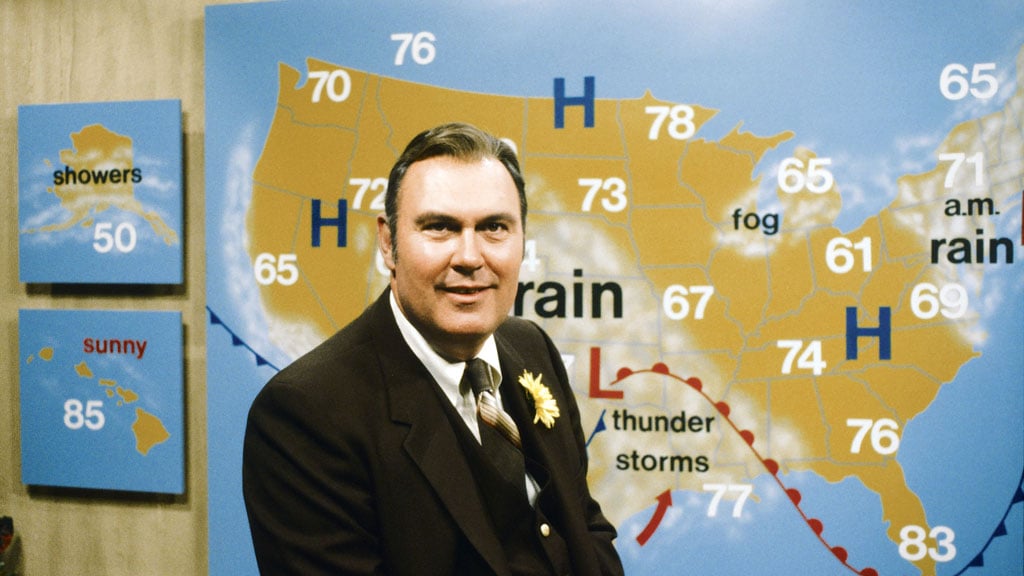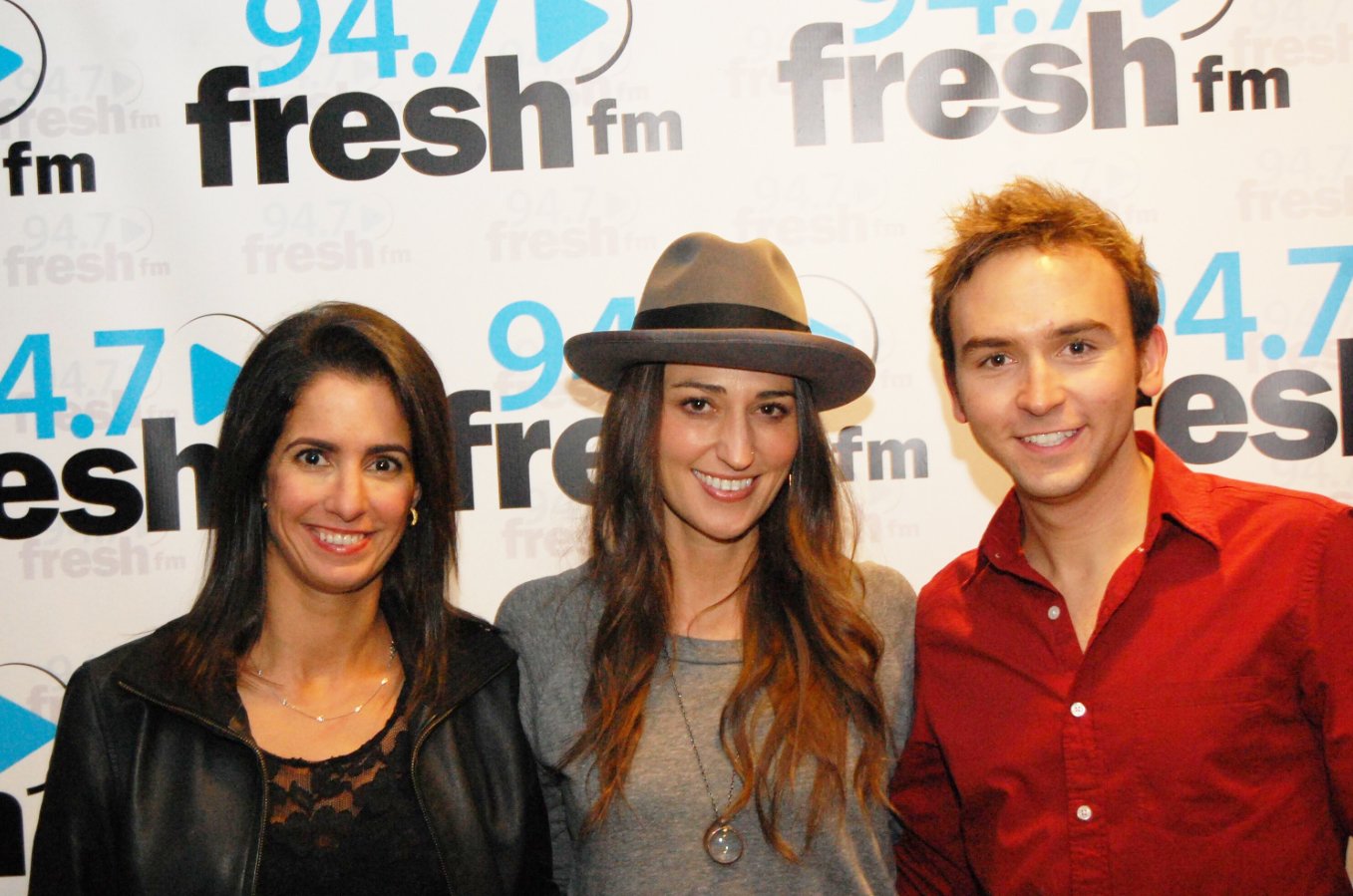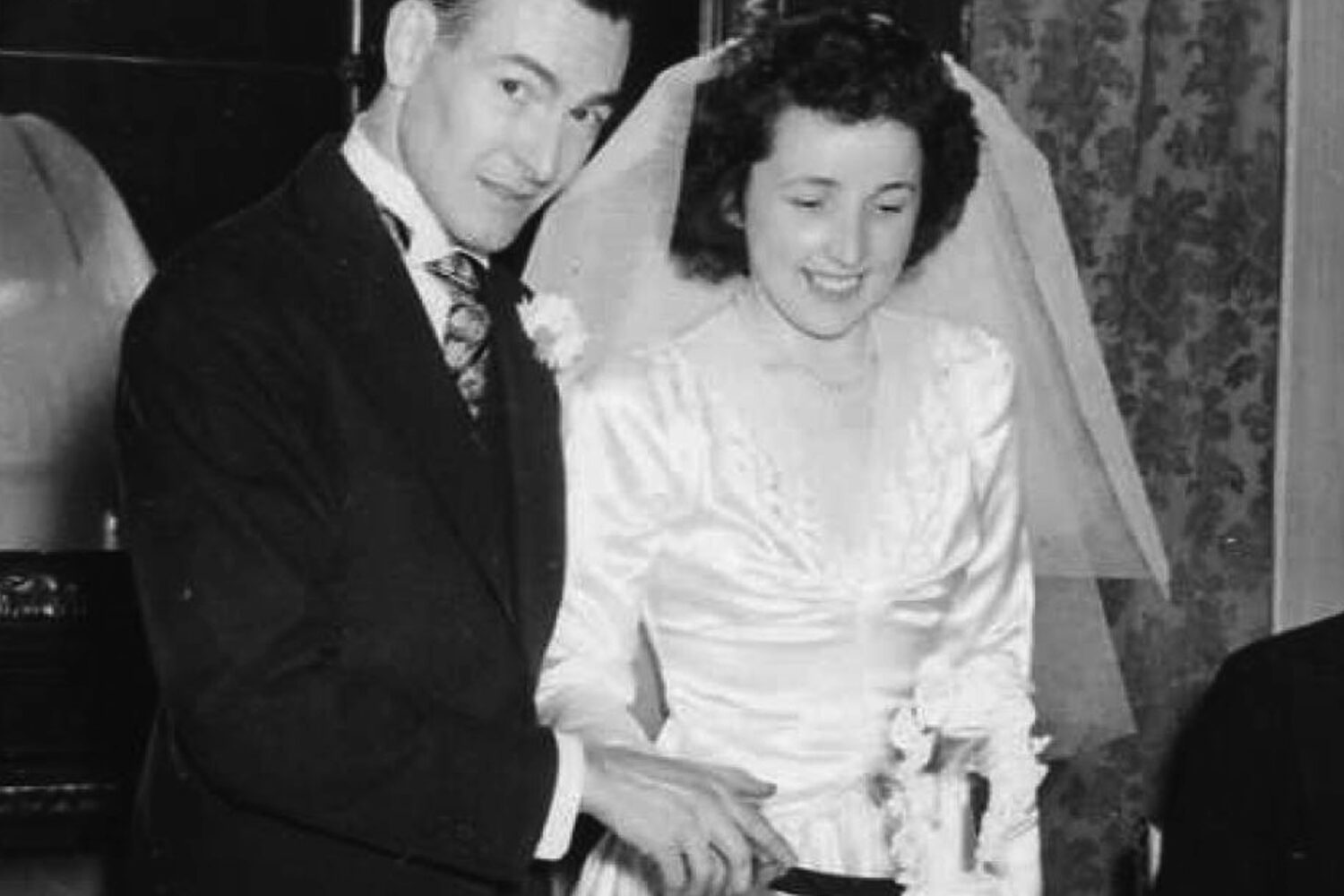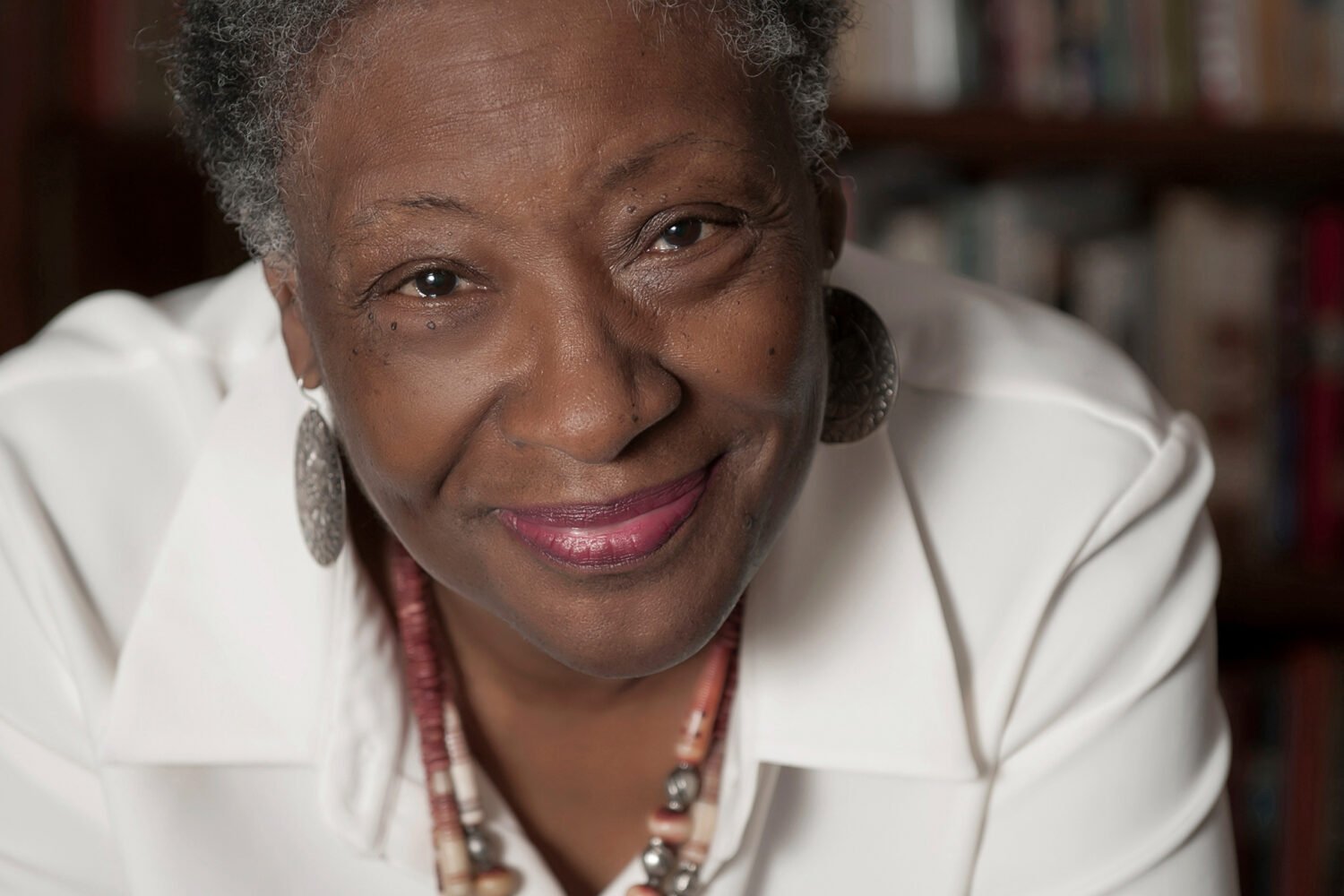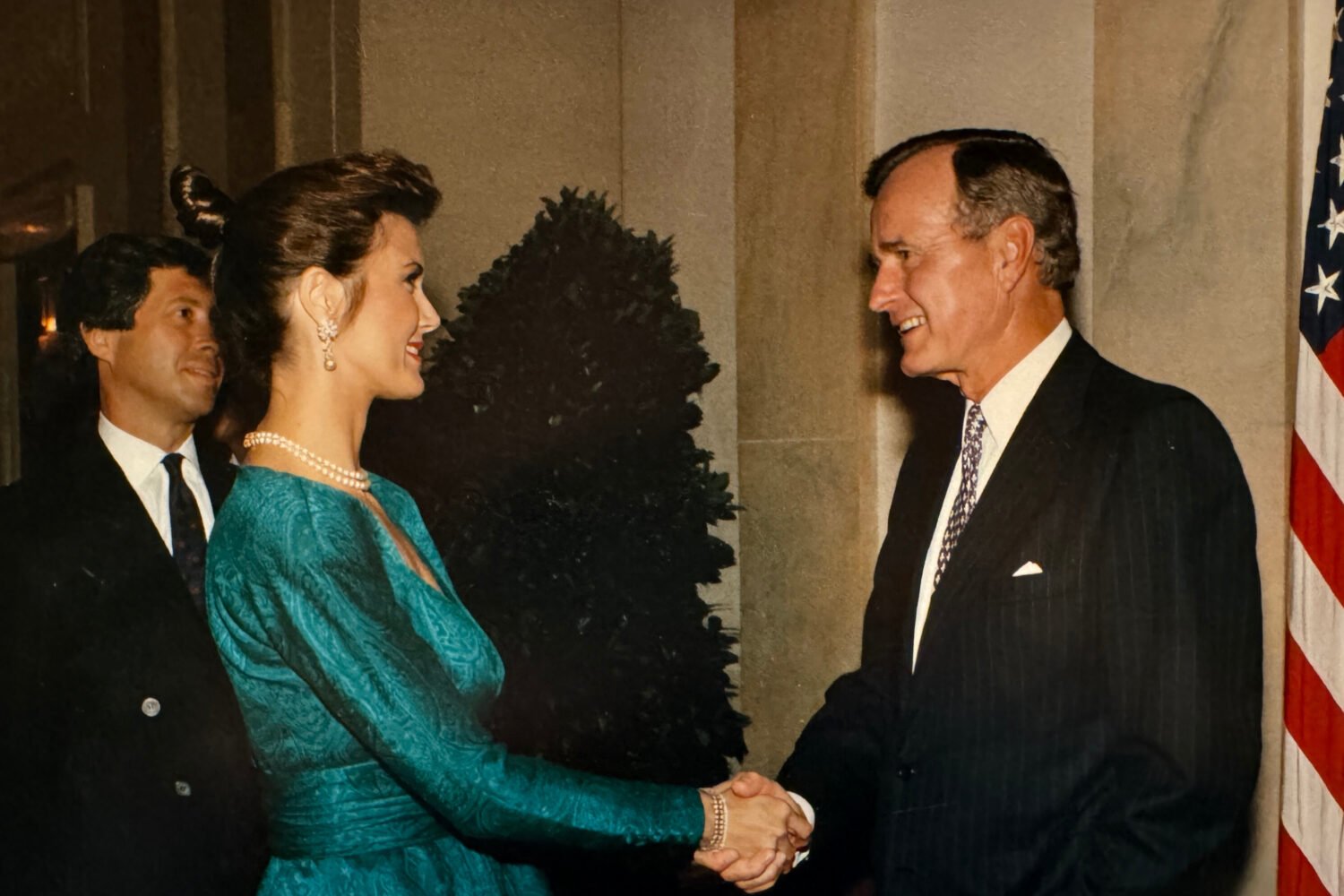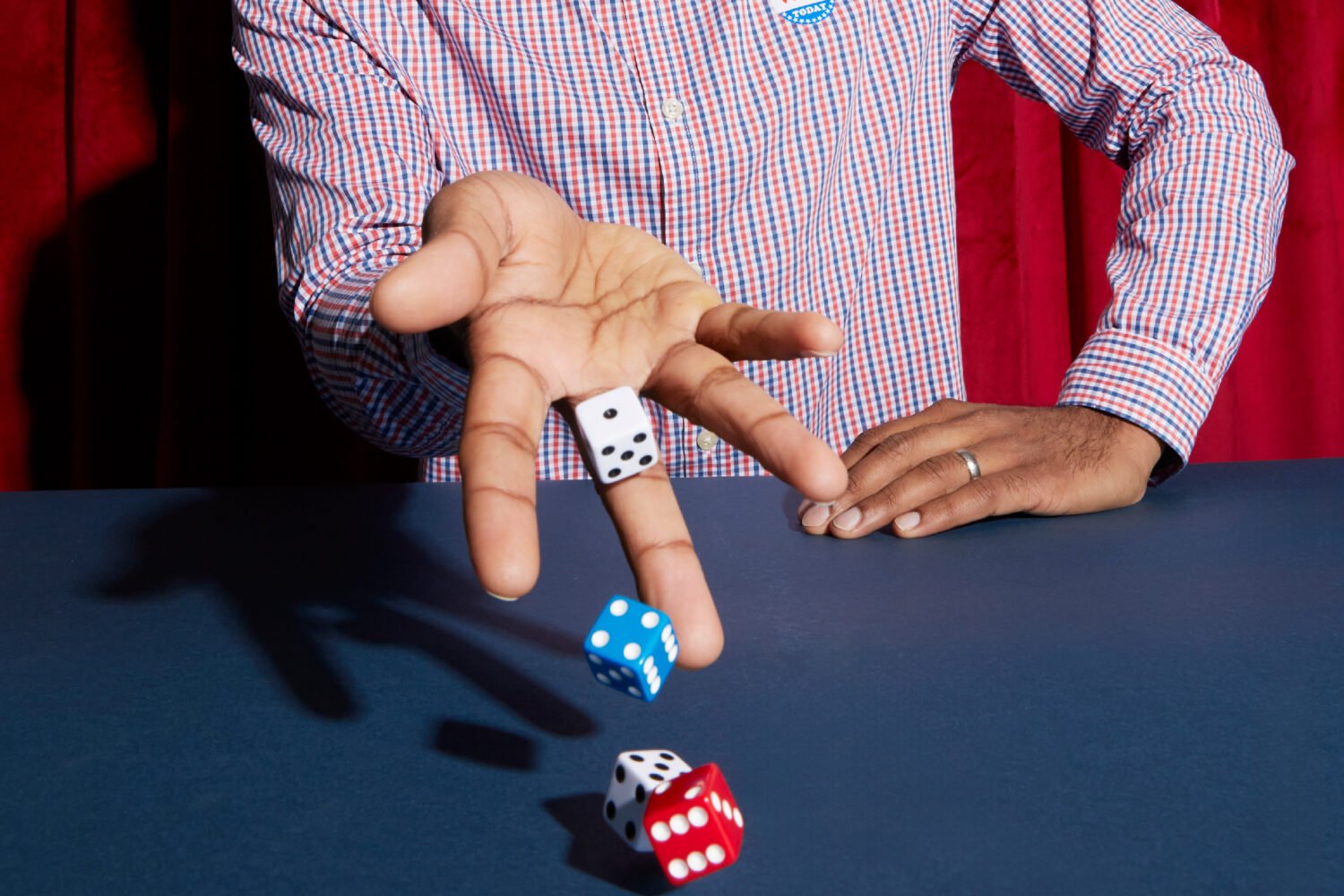I was born in Alexandria in 1934 at the height of the Depression. My father may not have dressed up like Carmen Miranda, but he always got a laugh. My mother taught me to be kind to everyone. One day when I was eight, Mom took me to the movies in DC. Afterward, she wanted to shop, so I wandered over to my favorite radio station, WTOP. I introduced myself to the receptionist and told her I was a fan. She took me to the control room and said, “You can sit here if you stay very quiet. That man will be broadcasting live.” The man was Eric Sevareid, then a correspondent for CBS. He’d just gotten back from Burma, where he’d been lost in the jungle for months. I sat there enthralled as Sevareid recounted his ordeal.
The next day, I set to work building a station in our basement. My parents bought me an oscillator, which enabled me to broadcast 150 feet. My friends and I read the news, played tunes on a phonograph, and chattered away. A few months after we started, three men from the FCC showed up. They told us our signal was reaching National Airport—Pan Am’s radios were picking up kids talking and playing records. So ended my basement station.
At 16, I was hired as a page at WRC, the NBC radio station. One day, former First Lady Eleanor Roosevelt came in to do a talk show. It was my job to take her coat. I didn’t want to hang it with the others, so I took it to the vice president’s office. Later, I went out to get muffins for the crew, and when I came back, Mrs. Roosevelt had left. The station manager grabbed me: “What did you do with Eleanor Roosevelt’s coat? She had to leave without it!” Mrs. Roosevelt had gone to the Washington Press Club, so I hustled over there. She accepted the coat and my red face with a bemused “Thank you, young man.”
Working weekends and vacations, I juggled my page job with finishing high school. I auditioned to be an announcer but was never hired. Then one of the announcers left for vacation and my boss said, “What the hell, let Scott fill in—it’s only two weeks.” When he returned, I became a regular substitute.
After college, WRC hired me for a kids’ TV show, Barn Party. The host, Betsy Stelk, held forth in a barn wearing an evening dress and wielding a wand. I was Farmer Willard, and most of my castmates were puppets. One puppeteer was a fellow named Jim Henson, and his creations were precursors of the Muppets.
My bosses had heard a college show I did with a friend, Ed Walker (who passed away last year), and they gave us a radio program, The Joy Boys, which ran from 1955 to 1974. We did a lot of satire, including a takeoff on The Huntley-Brinkley Report called The Washer-Dryer Report. About a year into The Joy Boys, I enlisted in the Navy, but soon I was back on TV. WRC bought local rights to Bozo the Clown, and I was cast in the role. Bozo went to the White House and met JFK and Caroline. I played him from 1959 to 1962, doing a daily one-hour show. Many appearances were at McDonald’s, and when I left the show, I helped the company develop Ronald McDonald. I was almost 30 and getting a little old to be a clown.
In 1970, I became WRC’s weatherman, a job I loved because it left room to be fun and spontaneous. In 1980, the NBC bureau chief said, “How’d you like to do the Today show weather?” The first couple months there were a little rough, but then I began to get more mail than anyone. Of course, a lot was from viewers asking the network to take me off the air.
Saluting people on their 100th birthday started when I got a card that read, “My uncle is turning 100. Could you mention him on TV?” I did it and about a week later got two cards, then four, then six. I’ve met some memorable centenarians. Reba Kelly in Minneapolis looked like a classic 100-year-old—wire glasses, lace collar, bun—except she was drinking Jack Daniel’s and smoking. I thought, “That’s my kind of woman. I want to live to a hundred and be just like Reba.”
Adapted from “What Made Me Who I Am” by Bernie Swain, published by Post Hill Press/Simon & Schuster. Copyright © 2016 by Bernie Swain. All rights reserved.
This article appears in our November 2016 issue of Washingtonian.

